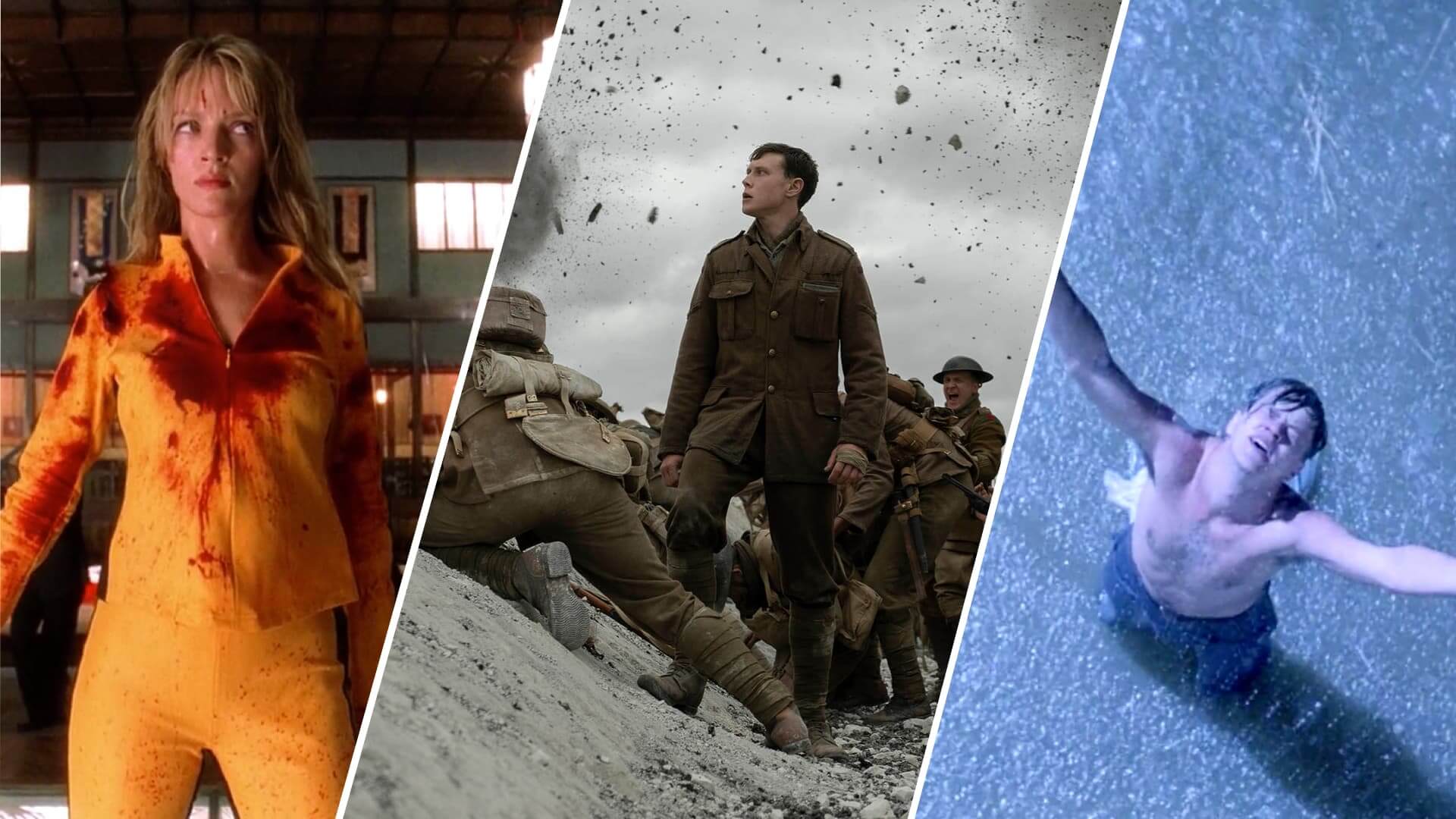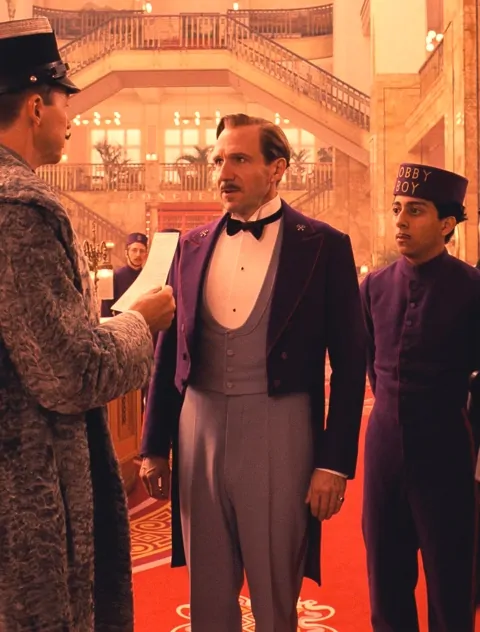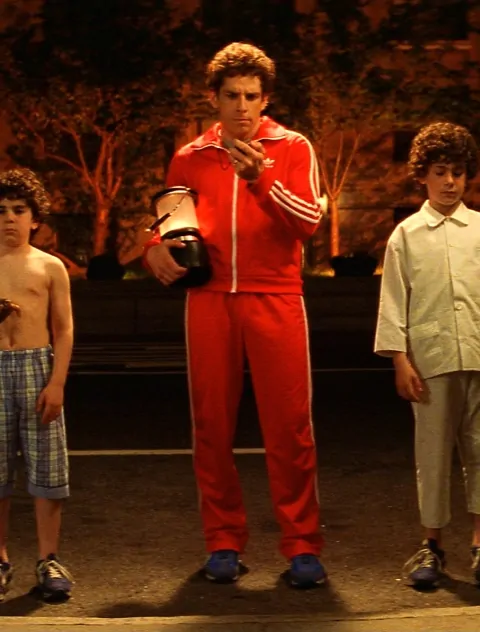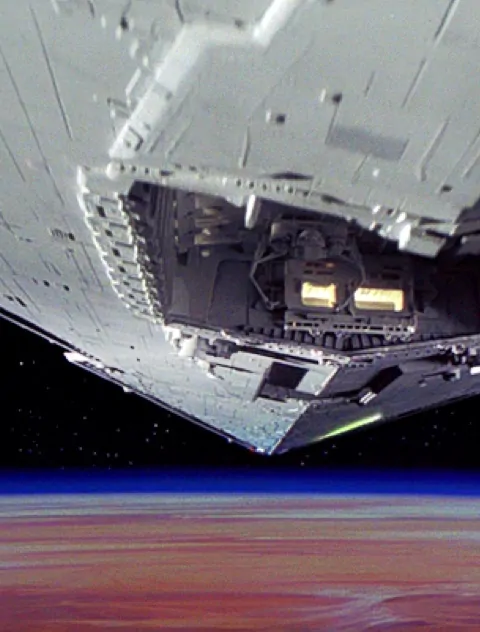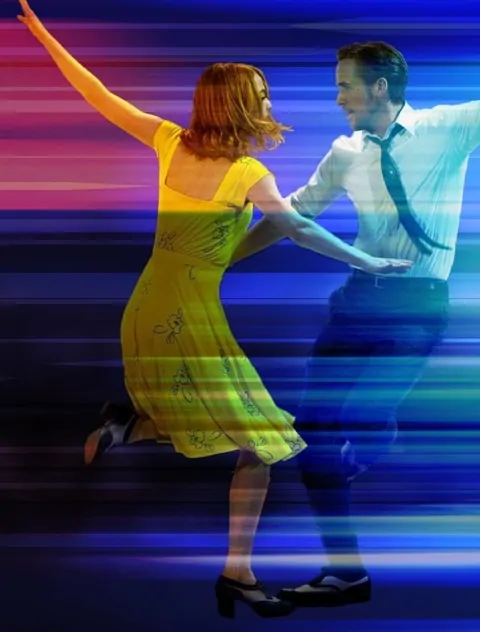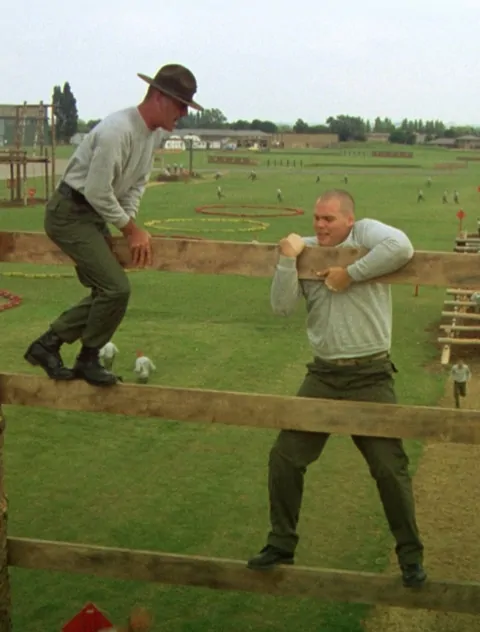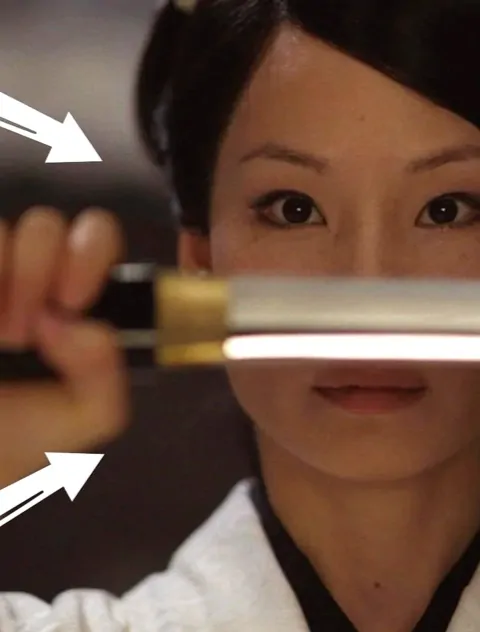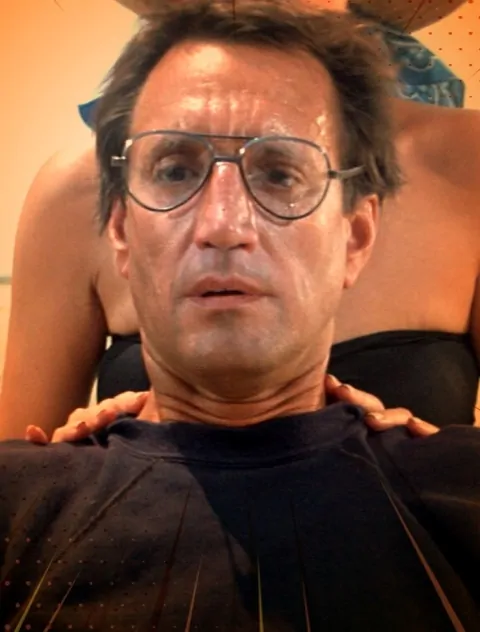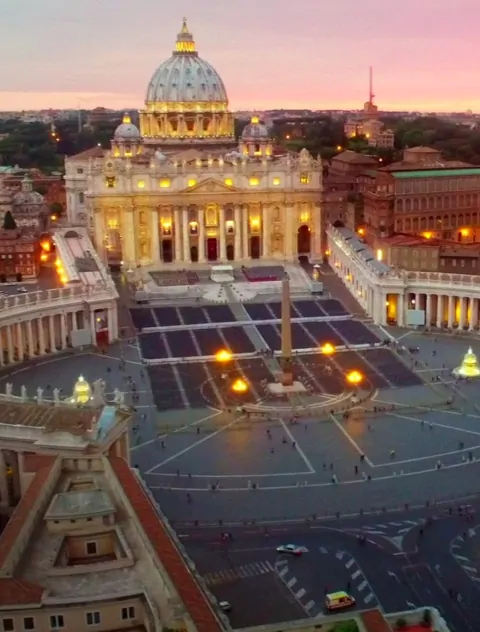Every camera movement should be chosen with intention and purpose. For that reason, it is important for every filmmaker to understand the fundamental effects of every camera movement available. One of the most effective movements, specifically when it comes to capturing location and setting, is the boom shot. The boom shot goes by many names such as the jib shot or crane shot. It is one of the camera movements that almost immediately adds production value to a film. What is a boom shot and what are its unique storytelling functions?
Watch: Ultimate Guide to Camera Gear
Boom crane definition film
First, let’s define boom shot
Boom shots in the past were available almost exclusively to those working with larger budgets. As time has gone on, so has technology. Now, more economical jibs and cranes are being created. And every filmmaker, not just those working with big Hollywood budgets, should understand the fundamentals of the boom shot. First and foremost, let’s start with the definition.
BOOM CRANE DEFINITION FILM
What is a boom shot?
A boom shot is a vertical camera movement achieved through the use of a crane or jib. A boom shot creates smooth, vertical camera movement by using a counter weight system. Boom shots are synonymous with the jib shot and crane shot, which also are defined by their vertical camera movement by way of a jib arm. The term “boom” refers to the vertical up and down movement of the camera.
What are boom shots used for?
- Shooting large crowds or expansive settings.
- Establishing the geography of a scene
- Closing shots
- Reveal shots
The boom shot is just one of many types of camera movements in film. Here's a complete breakdown of each type along with their storytelling values and how they have contributed to some iconic moments in cinema history.
The Ultimate Guide to Camera Movement • Subscribe on YouTube
Boom crane camera movement
Setting the scene
The vertical movement of the boom camera shot creates unique perspectives that filmmakers can use to set the setting of a scene. Establishing shots with large crowds, scenic landscapes, and unique locations can be captured uniquely through a boom shot.
The high vantage point of a boom shot allows the audience to have a more expansive perspective over a scene’s setting. This can be important in showing off important production design elements, scale, or geography of a scene. The boom camera shot is commonly found in Quentin Tarantino’s directing style.
A great boom shot example can be seen in one Once Upon a Time in Hollywood, one of Tarantino's best films. This scene uses the boom crane camera movement to show the entirety of the drive-in theatre that Cliff Booth lives next to.
As a period piece, this unique setting gives the film’s world depth and vibrancy.
Once Upon a Time in Hollywood Drive-in Theatre • Boom Shot Example
When flipping through the rolodex of camera gear and movements that you can use for a shot, it is important to first pinpoint exactly what you are trying to communicate to the audience. If it has to do with location and setting, a boom camera shot might be a choice to consider.
Boom Shot Example: Action
Follow the action
Filmmakers also use a boom camera shot to follow the action of a scene when characters change elevation. Boom shots and crane shots enable filmmakers to follow a characters’ vertical movement without cutting which makes for a more engaging film.
The closing scene of Good Will Hunting is a great example of how a boom crane camera movement can be used in a long take to follow the action of a character. A boom is used to follow Sean walk from upstairs to downstairs without cutting.
Good Will Hunting • Boom Shot Example
Orson Welles uses boom crane camera movement with other camera mechanisms in the famous opening scene of Touch of Evil, one of the best film-noir movies. To build suspense, Welles uses a boom to elevate the camera and follow the car with the bomb. This is a prime example on how to create a powerful opening shot.
Touch of Evil • Boom Shot Example
Following the movement of the car with a boom and camera pan as the driver and passenger unknowingly drive it off the lot creates an enormous amount of suspense. The boom camera shot keeps the car within sight until it drives off frame, allowing the suspense to linger and grow.
Emotional Camera Movement
Emphasize emotion
The vertical camera movement of the boom can also highlight the emotion of a scene. A boom camera shot that elevates vertically can create a rising sensation that highlights the emotion of a scene.
The Shawshank Redemption uses camera perfectly to accentuate the liberation and catharsis of one of the films’ most important moments. If this shot was achieved without a boom shot and was done as a static shot, the emotion and catharsis of the scene would not be as impactful.
Shawshank Redemption • Boom Shot Example
The Shawshank Redemption uses the shot for a more uplifting and positive emotion. It can also highlight more negative emotions of loneliness or, as in this shot from High Noon, isolation.
High Noon • Boom Shot Example
The boom camera shot is the perfect choice to drift away from the medium shot of Marshal Will Kane to a wide shot that shows the emptiness around him to really drive home his isolation.
As the camera moves away in the boom, we realize how alone the Marshal is at the same time he, too, realizes no one is around.
Whether you are working on a big budget film or a low budget passion project, it is important to remember the jib shot and how it can help elevate (no pun intended) your story.
Beyond the immediate production value it adds to the visuals of your film, the boom shot’s storytelling effects are something to remember.
UP NEXT
Explore different camera movements
We've covered the boom shot but there are many other camera movements to discuss. As you amass your camera movement repertoire, you will be able to amplify your visual storytelling exponentially. You're already on your way but the only question is which camera movement will you dive into next?
Camera Movement
Types of Camera Movement
Explore the different types of camera movement, and learn how to couple them with other shot specs for impact.
Basic Camera Movement
Intermediate Movements
Showcase your vision with elegant shot lists and storyboards.
Create robust and customizable shot lists. Upload images to make storyboards and slideshows.
